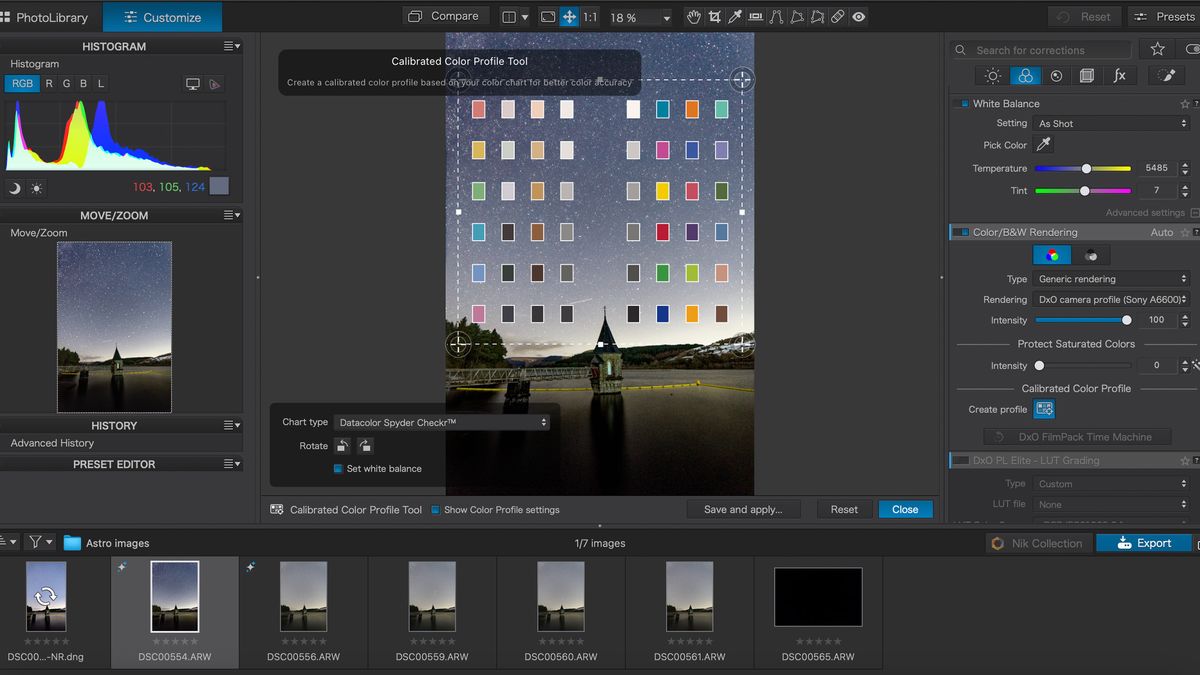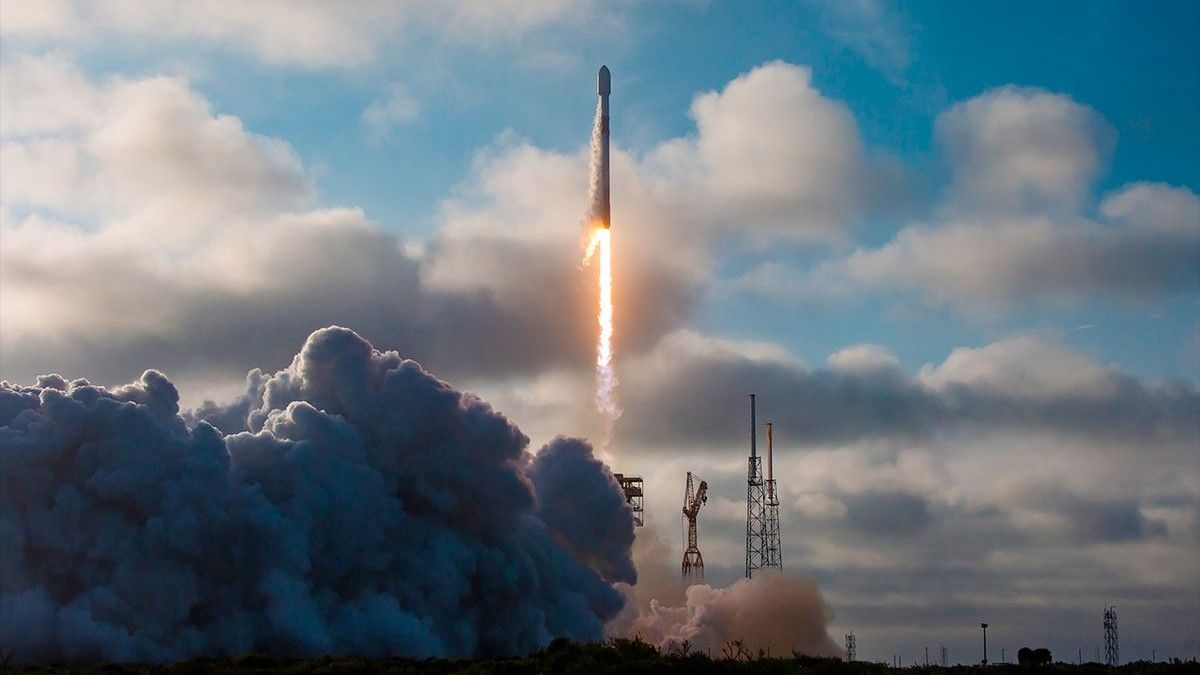DxO PhotoLab 7 Review: Evaluating the Latest RAW Editing Software
DxO PhotoLab has gained recognition for its outstanding handling of RAW images and top-tier noise reduction technology. Last year, DxO PhotoLab 6 impressed us with its capabilities. With the release of version 7 by the end of 2023, we are eager to delve into this latest iteration to assess its strengths, weaknesses, and any significant improvements over its predecessor. Claiming to be ‘the most advanced, end-to-end, RAW editing software’, we are keen to subject this assertion to rigorous testing.
The Crucial Components of Superior Photo Editing Apps
The best photo editing applications should offer user-friendly interfaces, a comprehensive array of tools, and accessibility suitable for photographers of all skill levels and budgetary constraints. In this comprehensive assessment, we will explore pricing structures, subscription options, user interface design, key features, and specific tools relevant to astrophotography.
To optimize the potential of high-quality cameras and lenses, utilizing editing software is highly recommended to enhance contrast, color tones, and eliminate image noise or distortions. Raw files, particularly in astrophotography, tend to be lackluster in detail, underscoring the significance of post-processing to unveil the intricate nuances within the images.
DxO PhotoLab 7: Pricing and Subscription Models
DxO PhotoLab 7 is available in two variants – Essential and Elite, akin to the prior version 6. Both editions are exclusively offered through lifetime licenses, with the option to stagger payments through PayPal for those averse to a lump-sum expenditure. As of the current period, DxO is running a promotional sale for version 7.6, with Essential priced at $109 (discounted from $139) and Elite at $179 (down from $229). Potential customers can upgrade from previous PhotoLab versions at a reduced cost. Additionally, a 30-day complimentary trial of the Elite version is available for discerning users seeking to test its efficacy without financial commitment.
For a detailed comparison between Essential and Elite versions, Essential caters to casual photographers, providing essential tools for RAW image manipulation, color rendering, local adjustments, file organization, and standard editing functions. However, Elite encompasses a more extensive feature set, appealing to users desiring a comprehensive suite of tools for advanced editing requirements, particularly in the realm of astrophotography.
For further insights into the differences between the Essential and Elite versions, the subsequent section on Astrophotography Features elucidates these distinctions. Should users aspire to leverage the full spectrum of features and tools offered by DxO PhotoLab 7, investing in the Elite version is advisable.
DxO PhotoLab 7: User Interface Experience
- Familiar Layout reminiscent of Lightroom and prior DxO PhotoLab versions
- Robust Image Organization Capabilities within the Library System
- Efficient Tools for Image Labeling and Metadata Handling
Seasoned Lightroom users will find the PhotoLab 7 interface comforting, with a layout and tool distribution that resonates with familiarity while maintaining distinct nuances. The software features two primary tabs – Photo Library and Customize – facilitating seamless navigation and functionality. Noteworthy is the image organization prowess within the Photo Library, providing a user-friendly interface to organize, label, and evaluate images systematically.
The capability to create ‘projects’, assign star ratings, apply color labels, compare images, utilize presets, add keywords, and manage display preferences highlights the sophistication of the library system within DxO PhotoLab 7. The layout consistency from previous versions ensures a seamless transition for existing users, imbuing a sense of continuity and ease of use.
While navigating the Photo Library, a minimal delay was observed when transitioning between images, albeit inconsequential to impede usability. Occasional instances of software instability were noted, necessitating improvement in future updates. The Customize tab exhibits a clear delineation of sections encompassing Light, Color, Detail, Geometry, Watermark & Effects, and a new Local Adjustments tab catering to brushes and graduated/radial filters.
Enabling users to curate favorite adjustments for streamlined workflow enhancement underscores the software’s adaptability to individual preferences. Small yet impactful features, such as customization options, empower users to tailor the software’s functionality aligning with their unique editing requirements.
DxO PhotoLab 7: Key Features Assessment
- ClearView Plus – Exemplifying Superior Detail Enhancement
- Enhanced Localization of Adjustment Tools within Side Panel
- Noteworthy Omission of Radial Filter Functionality
A standout feature of DxO PhotoLab is ClearView Plus, acclaimed for its efficacy in enhancing contrast and clarity to accentuate image details with a single click. While minimal revisions were observed from PL6, the tool’s potency remains unaltered, necessitating no significant alterations. Notably, ClearView Plus is exclusive to the Elite version of DxO PhotoLab 7.
Testing ClearView Plus on an image captured amidst adverse weather conditions demonstrated its proficiency in augmenting vibrance, contrast, and detail rendition. Although alternative editing software may replicate similar effects using distinct sliders, the consolidated functionality in ClearView Plus enhances editing efficiency and expedites workflow optimization.
Introducing the Local Adjustments palette in the side panel represents a substantial improvement in PL7, consolidating graduated filters, brushes, and control points under a singular interface. The absence of a radial filter, despite user demands, stands out as a notable drawback, affecting gradient application limitations within masked regions.
DxO PhotoLab 7: Astrophotography Features Examination
- DeepPRIME XD – Unrivalled Noise Reduction Proficiency
- Enhanced HSL Color Correction within Local Adjustments
- Lack of Image Stacking Capabilities
While DxO PhotoLab 7 lacks specialized astrophotography features, it incorporates several tools catering to astrophotography editing requirements. Notably, DeepPRIME XD noise reduction remains a standout feature, renowned for unparalleled noise reduction efficacy. Despite Adobe’s advancements in AI noise reduction, DxO PhotoLab retains a competitive edge, albeit narrower in contrast with previous differentials.
Introducing HSL color correction within local adjustments enhances color manipulation precision, enabling nuanced adjustments within specific image regions. Although the feature exhibits promise for refining color tones in celestial images, operational complexities were noted during practical applications.
Regrettably, DxO PhotoLab 7 lacks image stacking capabilities, crucial for advanced astrophotography and landscape photography endeavors. The absence of this function restricts the software’s appeal to astrophotography enthusiasts necessitating comprehensive image stacking functionality.
Verdict: DxO PhotoLab 7 Purchase Considerations
The decision to acquire or upgrade to DxO PhotoLab 7 hinges on existing software ownership and specific editing preferences. For current PhotoLab users, upgrading may not warrant significant benefits based on the version’s age. Conversely, for novice users seeking a robust editing solution, DxO PhotoLab 7 presents a compelling choice replete with versatile editing tools.
Noteworthy considerations include ownership preference, with DxO PhotoLab 7 offering a lifetime license option, contrasting the monthly subscription model adopted by Adobe Lightroom. Users desiring perpetual software access without recurring fees may find DxO PhotoLab 7 an appealing alternative.
For users necessitating image stacking capabilities or contemplating subscription-based models, alternative software solutions like Affinity Photo 2 or Adobe Lightroom are viable options. Affinity Photo 2, renowned for its Astrophotography Persona facilitating seamless image stacking, complements DxO PhotoLab 7’s offerings effectively.
Image/Photo credit: source url





